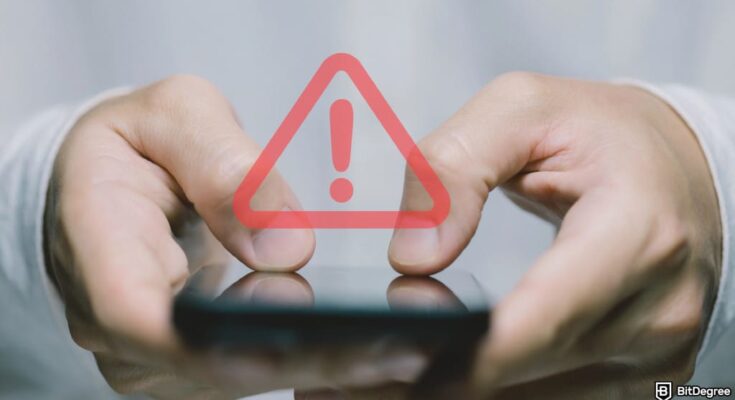You know that moment when you play a song for your friends, and they’re like “ehh… it’s okay, I guess?” – but a week later they’re humming it under their breath, and next thing you know it’s on their gym playlist?
Yeah. This I knew you’d come around feeling is undefeated.
|
And it’s kind of how it feels watching US states slowly start understanding Bitcoin.
The newest state to officially hit play: Texas.
Governor Greg Abbott signed off on a bill to add Bitcoin to the state’s strategic reserves.
So now Texas joins Arizona and New Hampshire in the SBR club.
And who else is tapping their foot to the Bitcoin beat?
Well, a bunch of state Bitcoin reserve proposals have flopped.
But there are still a few holding on in the queue:
-
Massachusetts;
-
Michigan;
-
Ohio;
-
Rhode Island;
-
And North Carolina.
No guarantees – but keep your headphones charged just in case.
|
|
😾 Bad cat
Pop quiz time: there’s this thing called SparkKitty. Purely based on vibes, what do you think it is?
A) A cursed version of the Nyan Cat
B) The latest toy every iPad kid wants
C) A furry Twitch streamer
Got your guess?
… Too bad. It was a trick question. It’s D) None of the above.
|
SparkKitty is actually a malware recently discovered by the cybersecurity firm Kaspersky.
And no, it’s not cute.
It hides inside fake or modified apps (like TikTok mods, casino games, or crypto apps), and it’s been found on both Android and iOS.
|
On iPhones:
It hides inside fake versions of legit developer tools like AFNetworking or Alamofire – normally used to help apps connect to the internet. Attackers modify them to launch malware as soon as the app opens.
And to get around Apple’s App Store checks, they use something called an Enterprise profile – a system meant for companies to test apps on employee phones. It lets apps be installed directly, without Apple’s usual security reviews.
On Android, the malware shows up in two main ways:
👉 Some versions are fake or modified apps with malicious code written in Java or Kotlin;
👉 Others use a tool called Xposed, which lets the malware hide inside real apps and mess with what they do – without changing how they look.
|
Once installed, the malware:
-
Pretends to be a support chat or similar feature, then asks for access to your photo gallery;
-
Scans your photos for sensitive text like crypto seed phrases;
-
Sends those photos (and device info) straight to the attackers’ command server.
Basically, if you’ve ever taken a screenshot of your crypto wallet recovery phrase… you’d be cooked.
|
And yeah, we’ve talked about stuff like this many times before. But until people stop getting scammed, we’re not shutting up.
So, here’s how to protect yourself:
1/ Only download from official app stores
Stick to Google Play and the Apple App Store.
And even then, don’t let your guard down – always check reviews and verify the developer.
2/ Don’t keep sensitive info in your photo gallery
No screenshots of seed phrases. No private keys. No “temporary” backups.
3/ Deny gallery access unless it makes sense
If an app that has nothing to do with photos asks for gallery access – say no.
But above all:
If your phone is where you manage your crypto, then it’s your wallet.
And just like you wouldn’t let a random stranger near your actual wallet, you shouldn’t let some sketchy app do that either.
|
Now you’re in the know. But think about your friends – they probably have no idea. I wonder who could fix that… 😃🫵 Spread the word and be the hero you know you are! |
Source link









